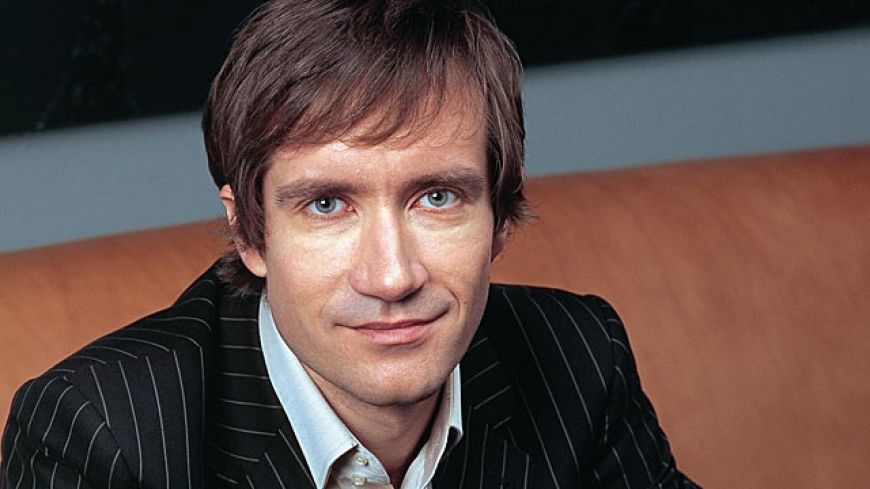
Stéphane Denève is even more of an expert on Debussy now that, as he told us, he has poured through all 2,200 of his letters as his reading for the summer past. He and the Royal Scottish National Orchestra have a particularly fine reputation for playing Debussy’s music. This season celebrates the 150th birthday of the composer who was born in the outlying Paris suburb of Saint-Germain-en-Laye.
Whilst there are three Images, as the music is called, only one, Ibéria, is commonly played and indeed that’s what the RNSO played on a recent tour of Spain. We were treated, and what a treat, to all three. Gigues takes its tune from Northumberland, just south of Scotland as the conductor pointed out to us, called The Keel Row with its lamentation played by the oboe d’amore. Rondes de printemps is Debussy thinking about France and in it are two simple tunes lost in melancholy. Ibéria starts with On highways and Byways and the busyness of town life, quietens to The Perfumes of the Night before the waking up of people and nature in Le matin d’un jour de fête.
I have lived with a concert pianist learning a new work and even though I was usually several rooms away, the repeating perhaps six or seven times of several bars at a time to get it right and embedded in the memory over three sessions a day, each of three hours with just a short break in between, was awe inspiring.
In welcoming his Russian friend Nikolai Lugansky to play Rachmaninov’s Piano Concerto No 3, one of the most challenging in a pianist’s repertoire, Stéphane Denève told us that as the two of them were in the car travelling to the Usher Hall he was being told how, at the age of eighteen some twenty years ago, Nikolai Lugansky’s teacher hinted that if could learn the Rach 3 within the next month there was just a chance, but only a chance, of a major performance. He reported back to his teacher three days later to say he had it under his hat - quite remarkable.
So after the interval and with the piano at the front of a slightly smaller orchestra, Nikolai Lugansky showed us how Rach 3 should be played. The discriminating Friday evening audience loved every single moment of it.
Event: Friday 7 October 2011 7.30pm

